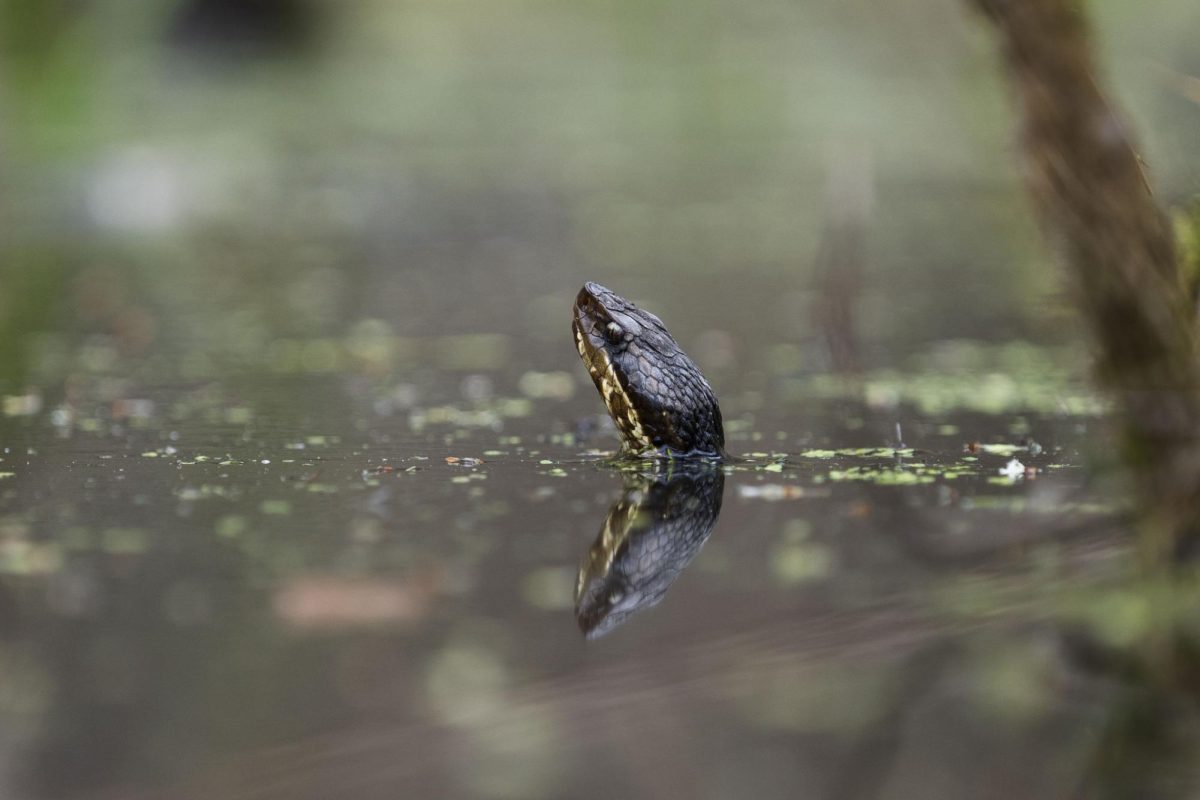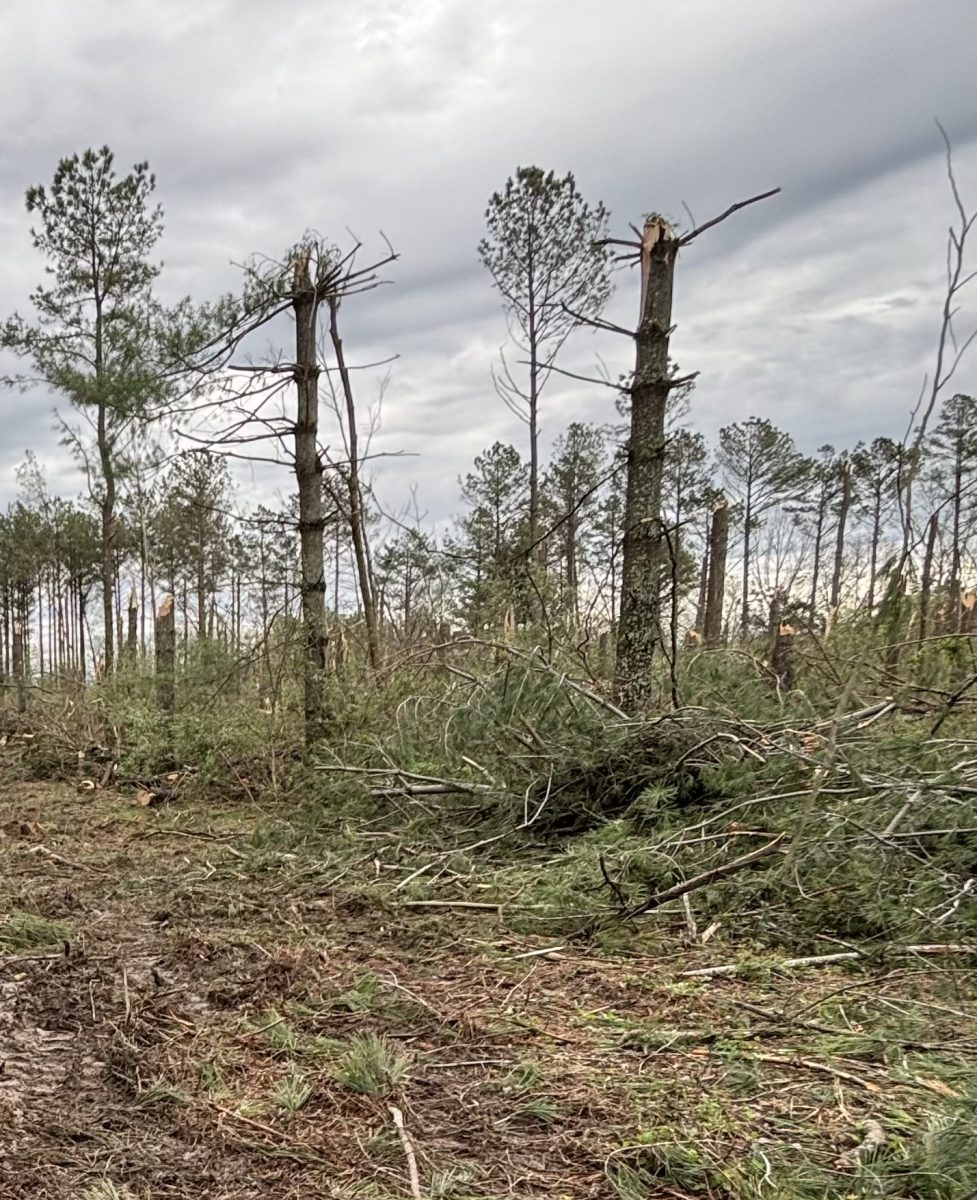Pigweed infestation pesters Illinois crops
October 29, 2013
There is a weed sprouting in Illinois, and it is threatening the state’s corn and soybeans.
Although this weed is not new to Illinois, the weed called Palmer’s Amaranth has developed immunity to herbicides, causing much grief for farmers, said Bryan Young, professor of plant, soil, and agricultural systems.
Advertisement
“That’s where the challenge comes in. We’re finding more of it as a result of lack of control,” Young said.
Amaranthus palmeri, the scientific name for this weed, is a type of pigweed that can be found in Jackson, Union, Jefferson and 23 other counties in Illinois.
Young said he has personally documented Palmer amaranths with this resistance in Illinois in 2010.
“It’s been present on our own SIU property since the 1990s,” Young said.
However he said it was not resistant to herbicide then. In South Carolina the pigweed was discovered to have resistance in cotton fields in 1989, according to weedscience.org.
The seed causes the weed, and the seed is getting to Illinois from all over, Young said.
A lot of it is a by-product of cotton production, which is being shared across state lines, or it can be shipped in with a feed product and then gets spread on fields as manure, Young said. It can also be found in hay.
Advertisement*
Because of the drought of 2012, Illinois shipped in hay from southern states and the seeds could have easily been in the hay.
“One plant, if it’s not being competed with a whole lot, can produce up to 1 million seeds. Very easily, several hundred thousand seeds, one plant can produce. So one plant surviving in an acre will result, in the next year, and possibly having 20 plants per square foot,” Young said.
Young said the only hope farmers have right now is to detect the weed before it starts growing, because there are pre-herbicides that still work, but after the weed starts growing, he said hand weeding is one of the only options.
After the weed starts to grow, Young said cultivation is an option for dealing with the weed, but because of concern with soil erosion, and soil conservation, he said farmers are very hesitant to use tillage, which loosens the soil and mixes in fertilizer and plant material, because it would have to be done in June and July. It could not be done in March before the crops are planted.
“We want to protect our soil first and foremost,” Young said.
Of the different species of weeds that are Amaranthus, Palmer’s amaranths has the fastest growth rate and is most competitive with crops common in the Midwest agronomic cropping systems, Aaron Hager, a University of Illinois associate professor of weed sciences said.
Lauren Schwartz, an SIU graduate student in plant biology from Kerrville, Texas, agrees about the evasiveness.
Schwartz is studying four species within the pigweed family including the Palmer’s amaranth.
“Palmer amaranth is invasive due to several factors, including the fact that it adapts readily, produces a lot of seed … distributes small seed, germinates continually over a growing season, its rapid growth and its resistance to multiple herbicide modes of action,” she said in an email. “Compared to other Amaranthus species, such as waterhemp, Palmer’s amaranth has the most aggressive growth habit and is therefore extremely competitive with crops even at low densities.”
Hager said soybean yield losses are near 80 percent and corn yield losses are more than 90 percent according to his post on the Bulletin, a website for Integrated Pest Management at the University of Illinois.
Young said his advice to growers is to identify escaped weeds in the cropping system and try to manage them as well as possible, so the weed does not seed again.
Pigweeds, scientifically known as amaranth, grow in summer and are annual plants that germinate from seeds during late winter through the summer. Commonly, the cotyledons or seed leaves are long and narrow and are usually a red color on the bottom, according to the University of California’s Statewide Integrated Pest Management Program’s Website.
The program also said the weeds have a single-seeded fruit in tiny capsules and are long and open around the middle with a cap like lid to release the seed. Those seeds are round, glossy and dark reddish brown to black.
Usually, the weeds are produced by seed, but can grow from an upper portion of a taproot that remains in the soil after tilling.
Jordan VanDeveer can be reached at
jvandeveer@dailyegyptian.com
or 536-3311 ext. 246
Advertisement







